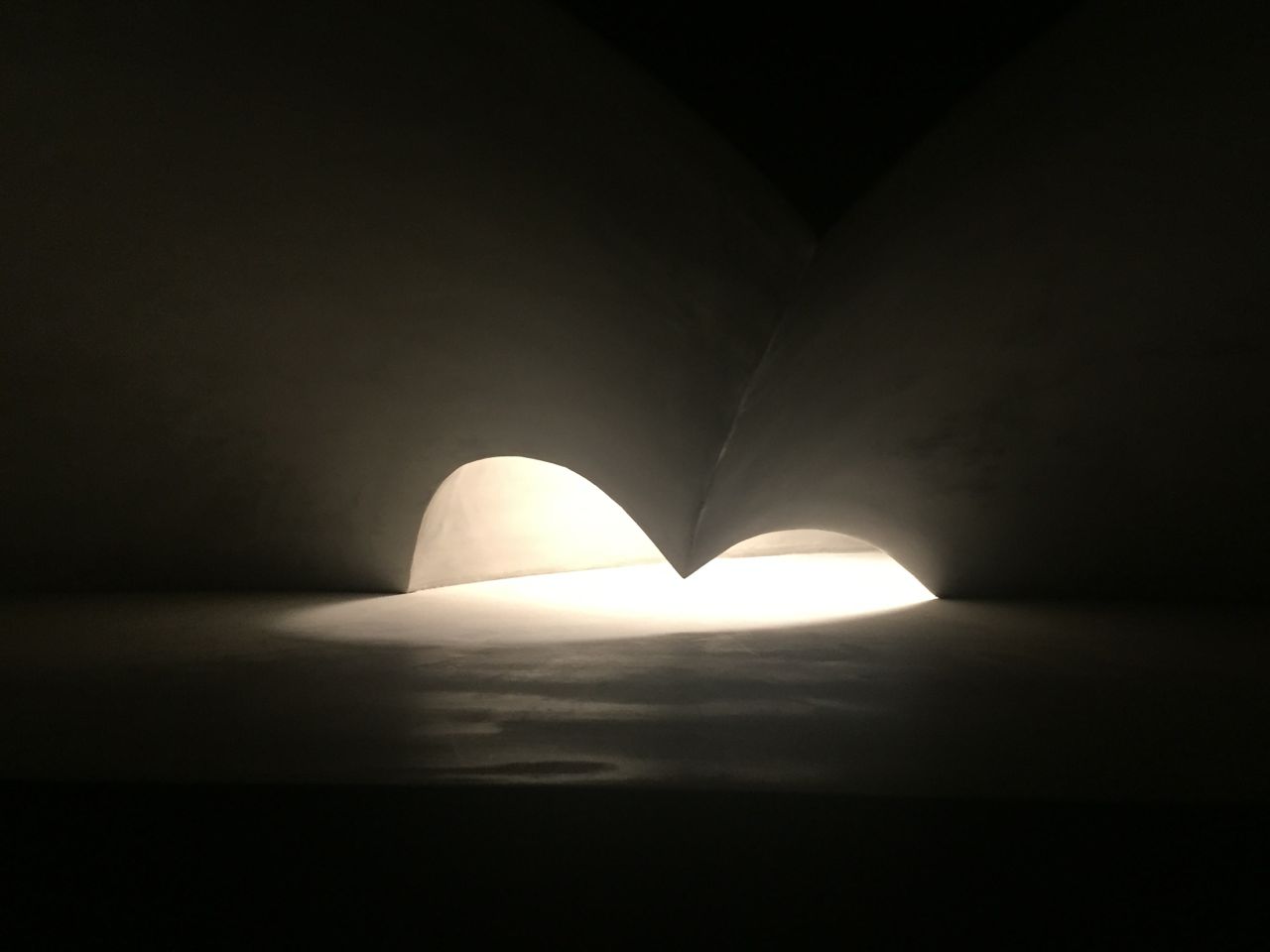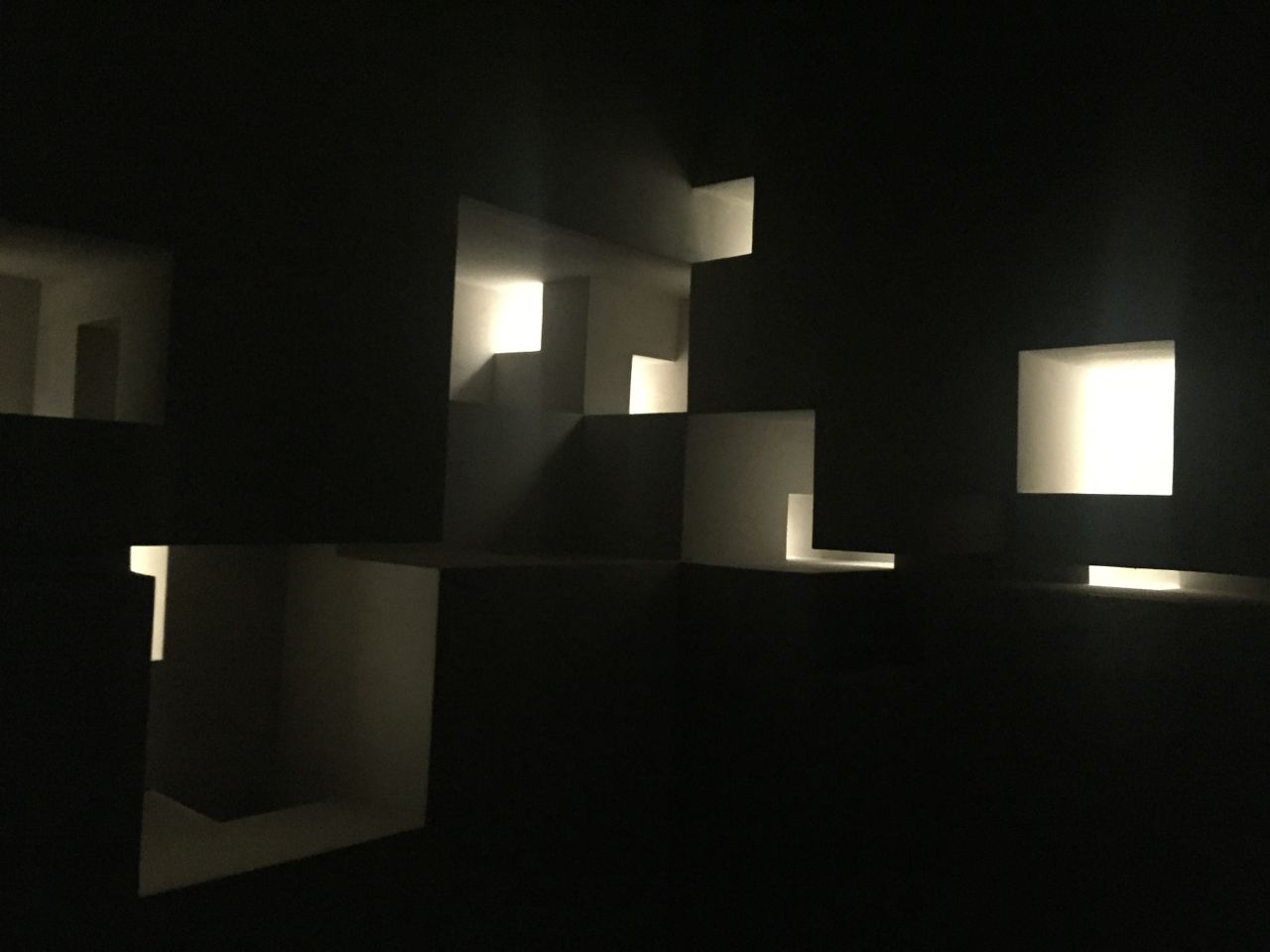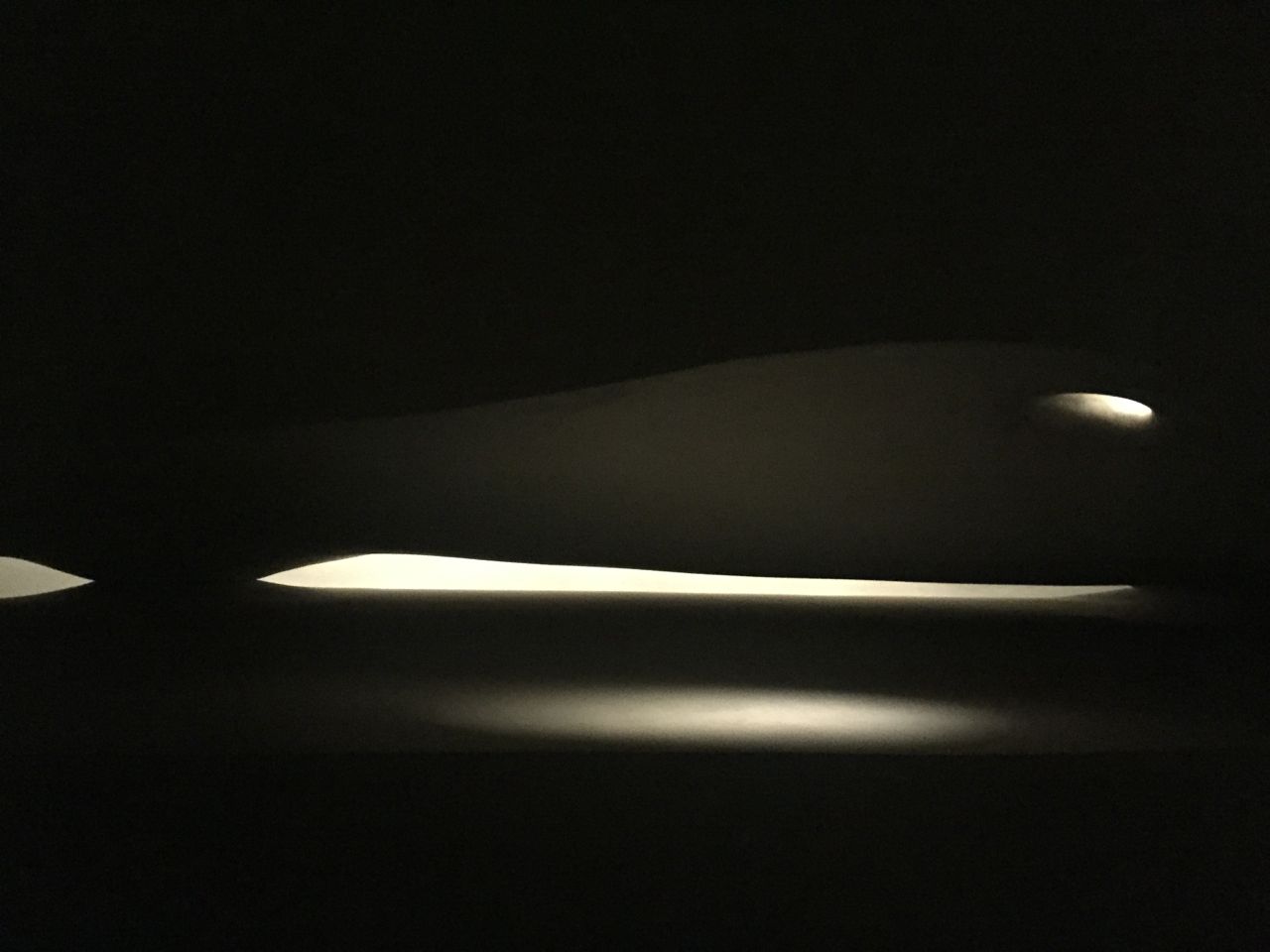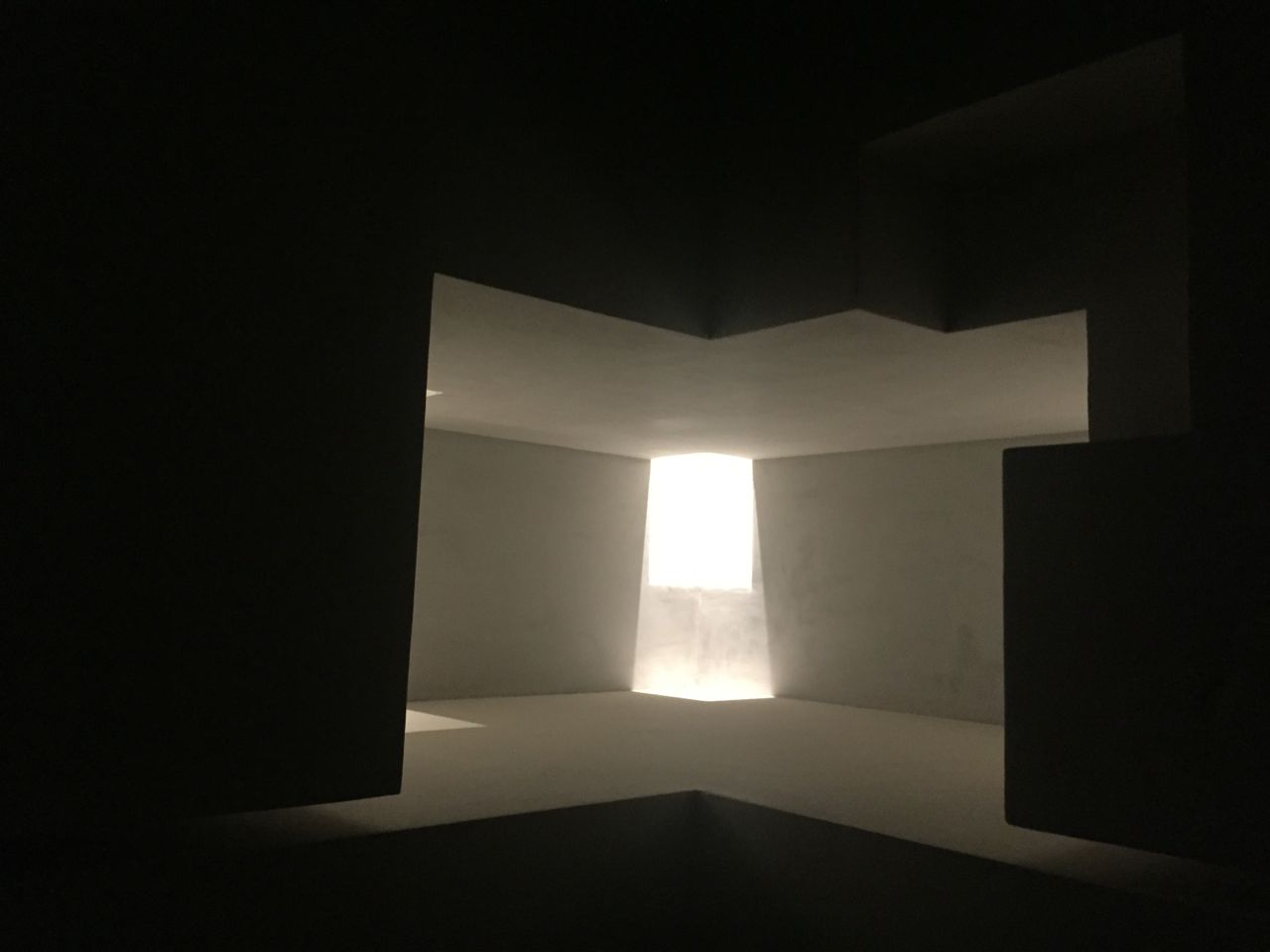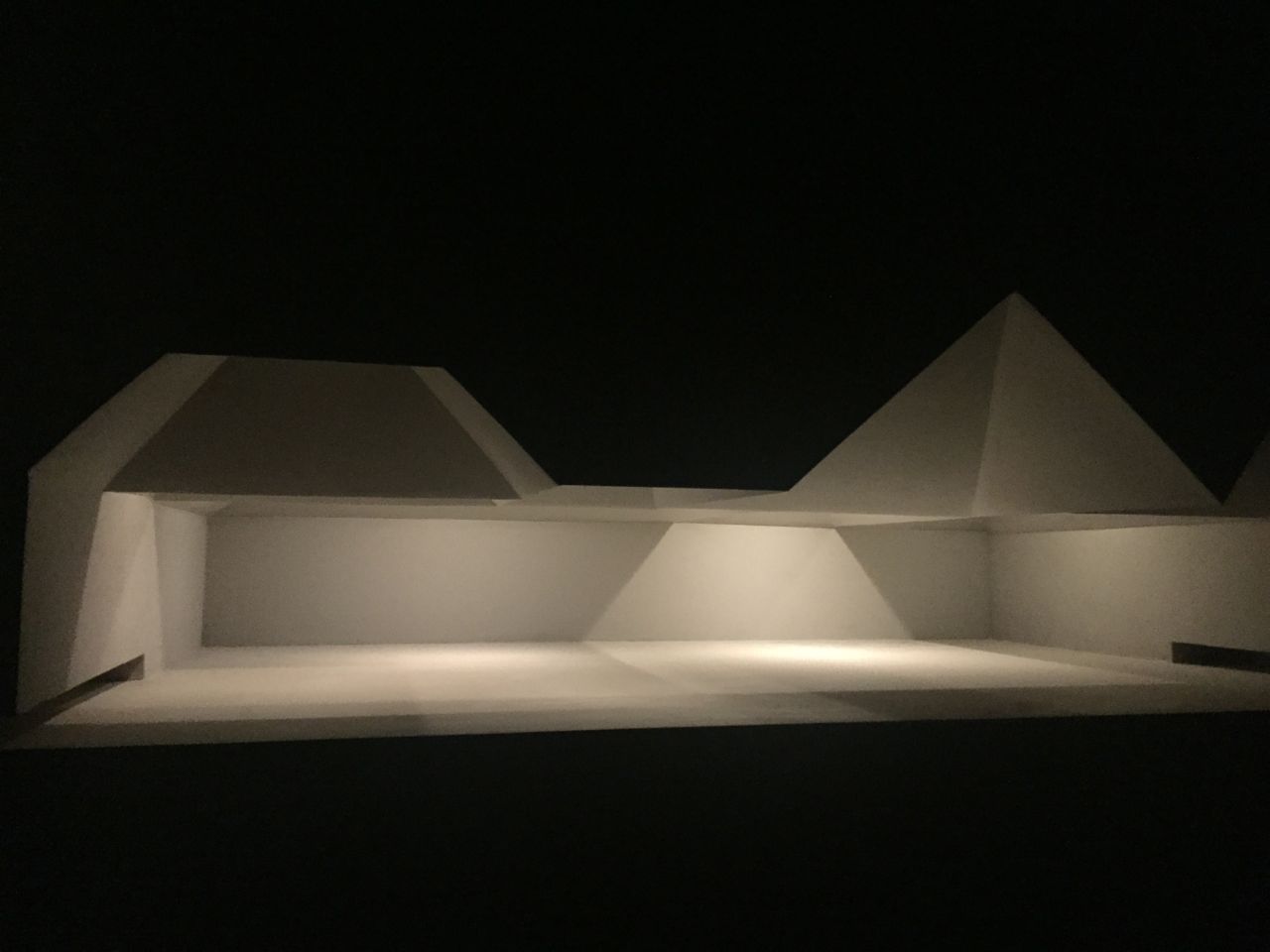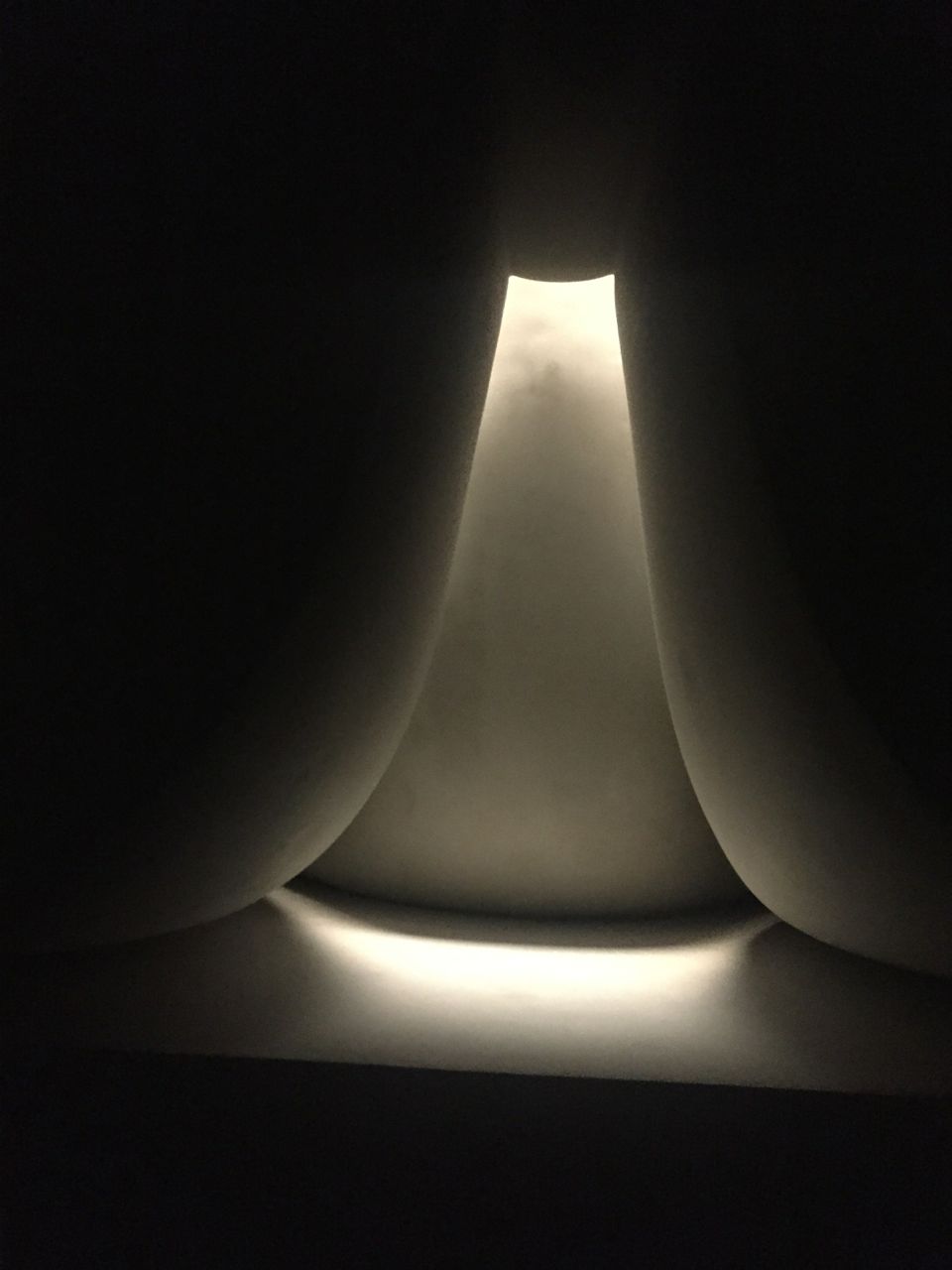German pavilion: making heimat, Germany, arrival country. Four large openings where made in the German pavilion to signify Germany’s openness towards refugees: the German pavilion will be literally opened for the duration of the Biennale (the Venice monument preservation board having accepted the opening for that duration).
The exhibition analyses the condition for making Heimat, a difficult to translate word that means home, as well as home country, and integration. Despite the very real problems and threats, Germany remains a role model for it’s management of the refugee crisis, not only for it’s openness, but also for it’s will and efficiency to make things work.
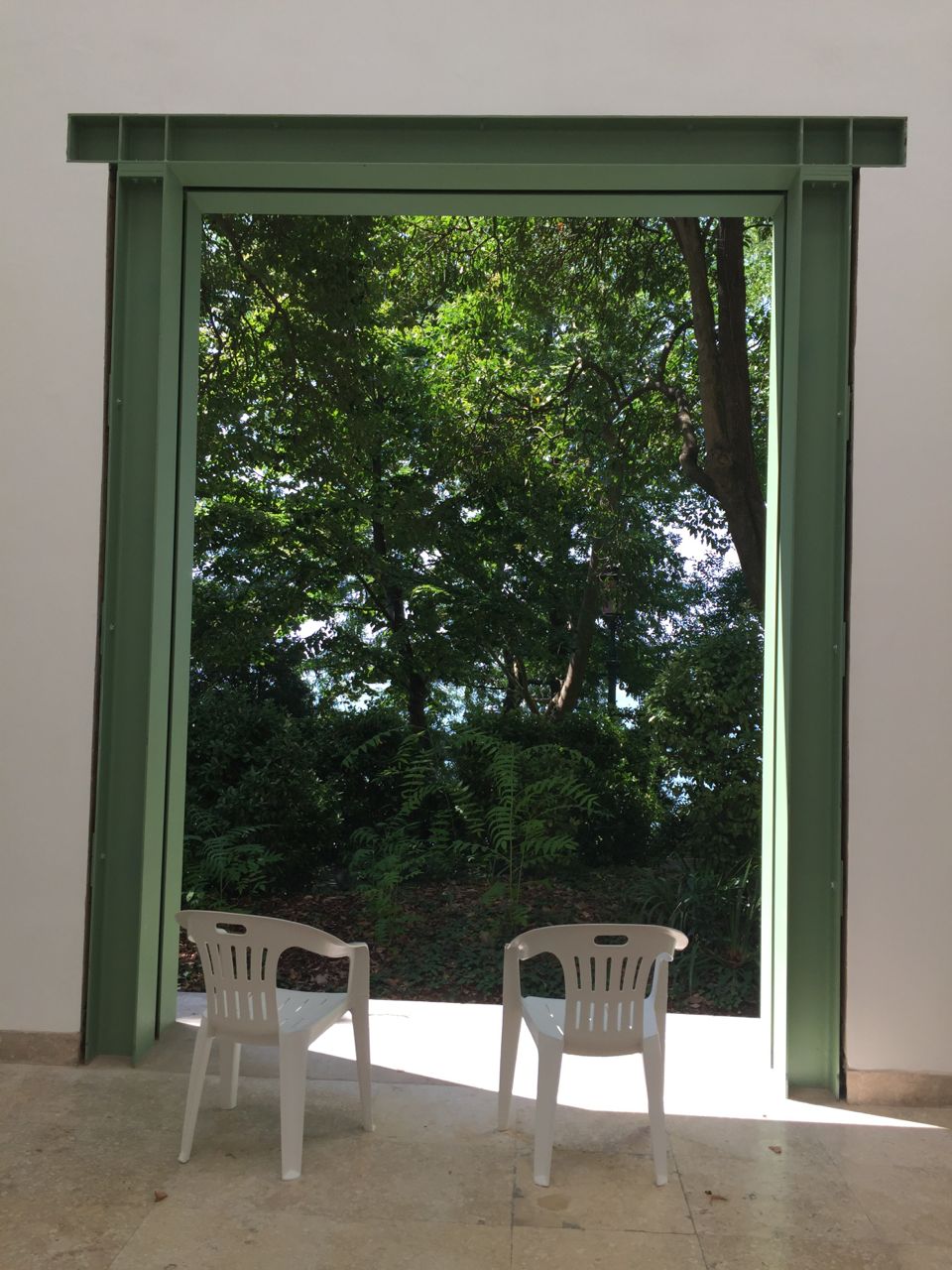
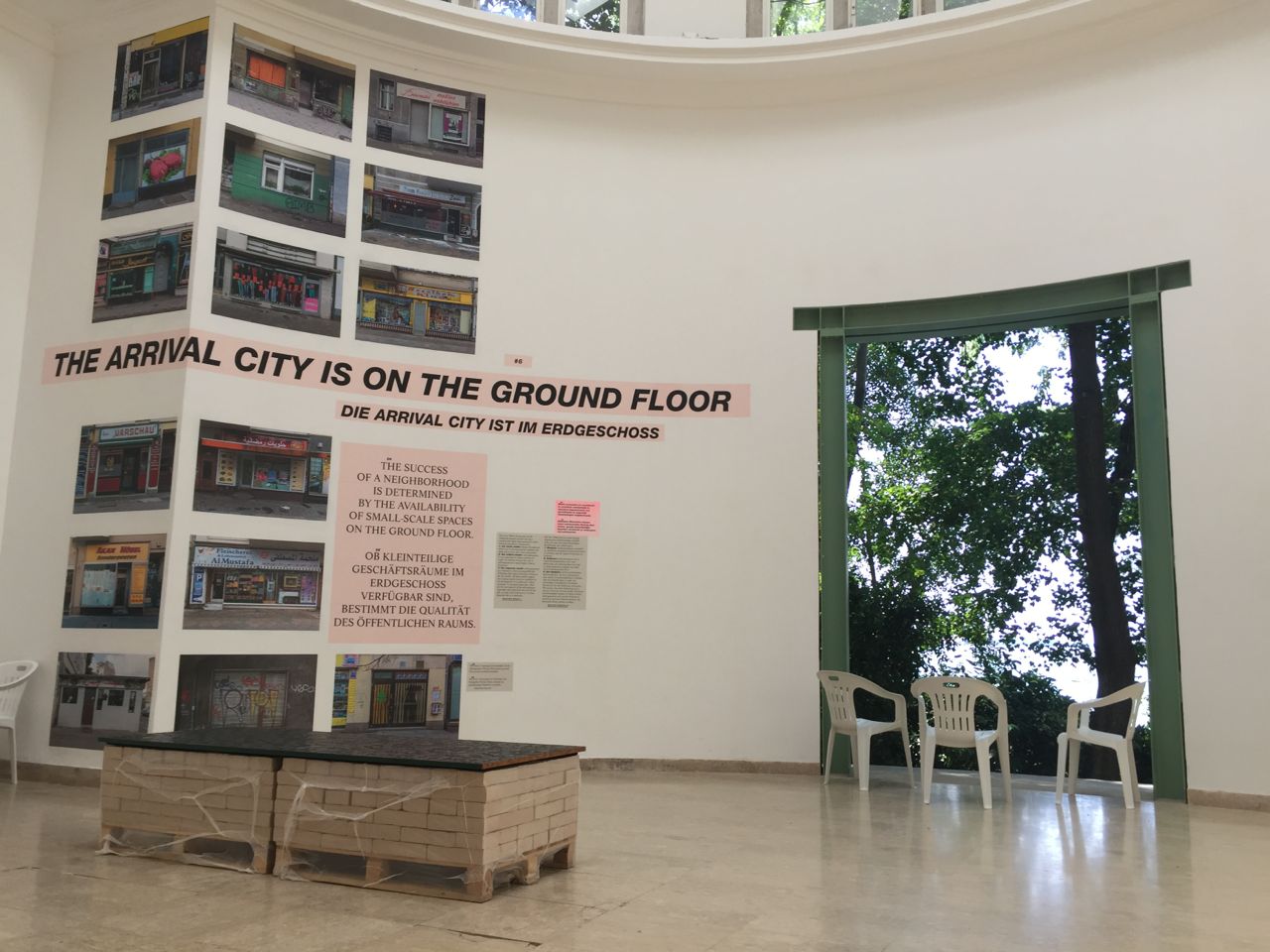
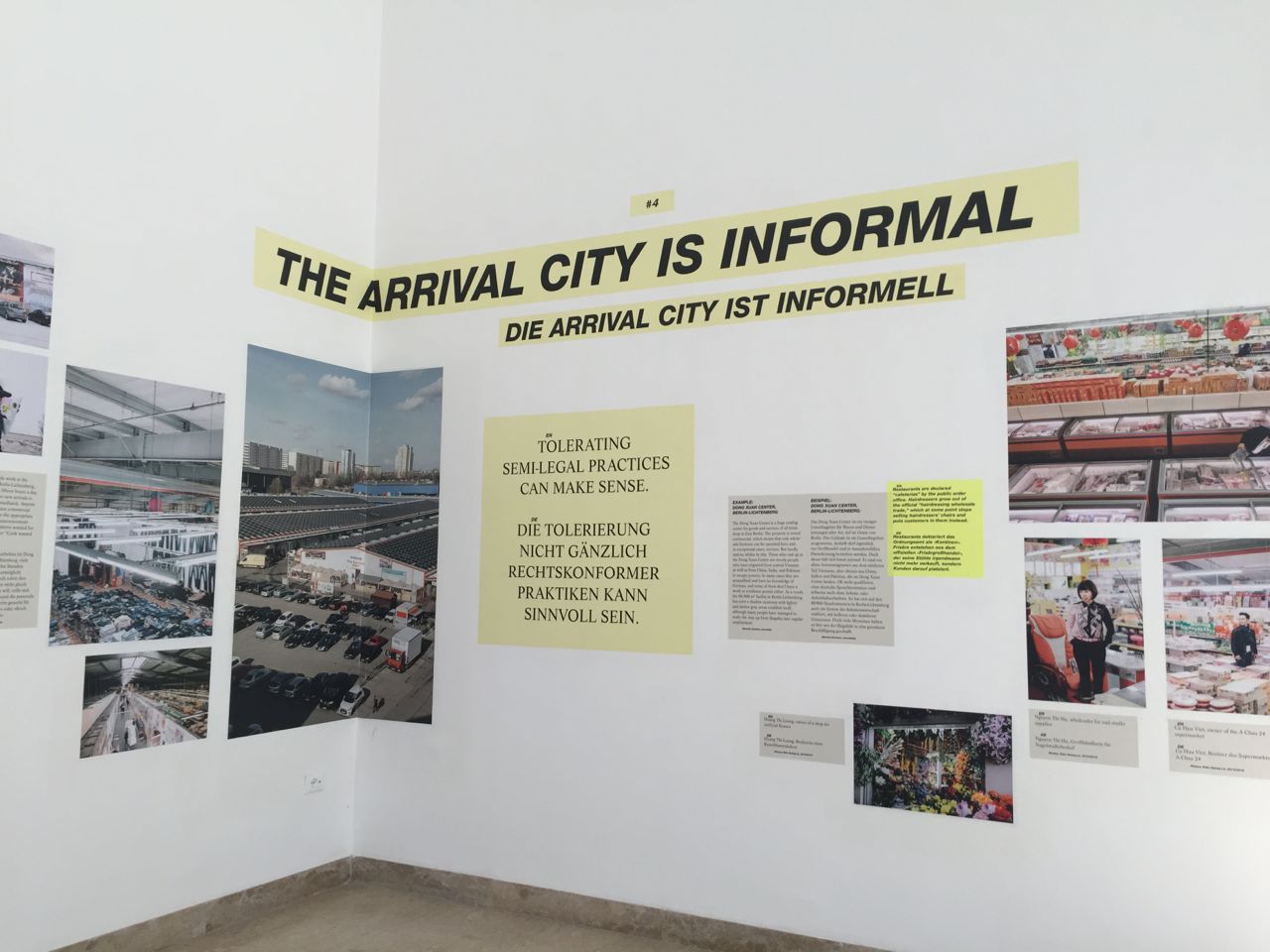

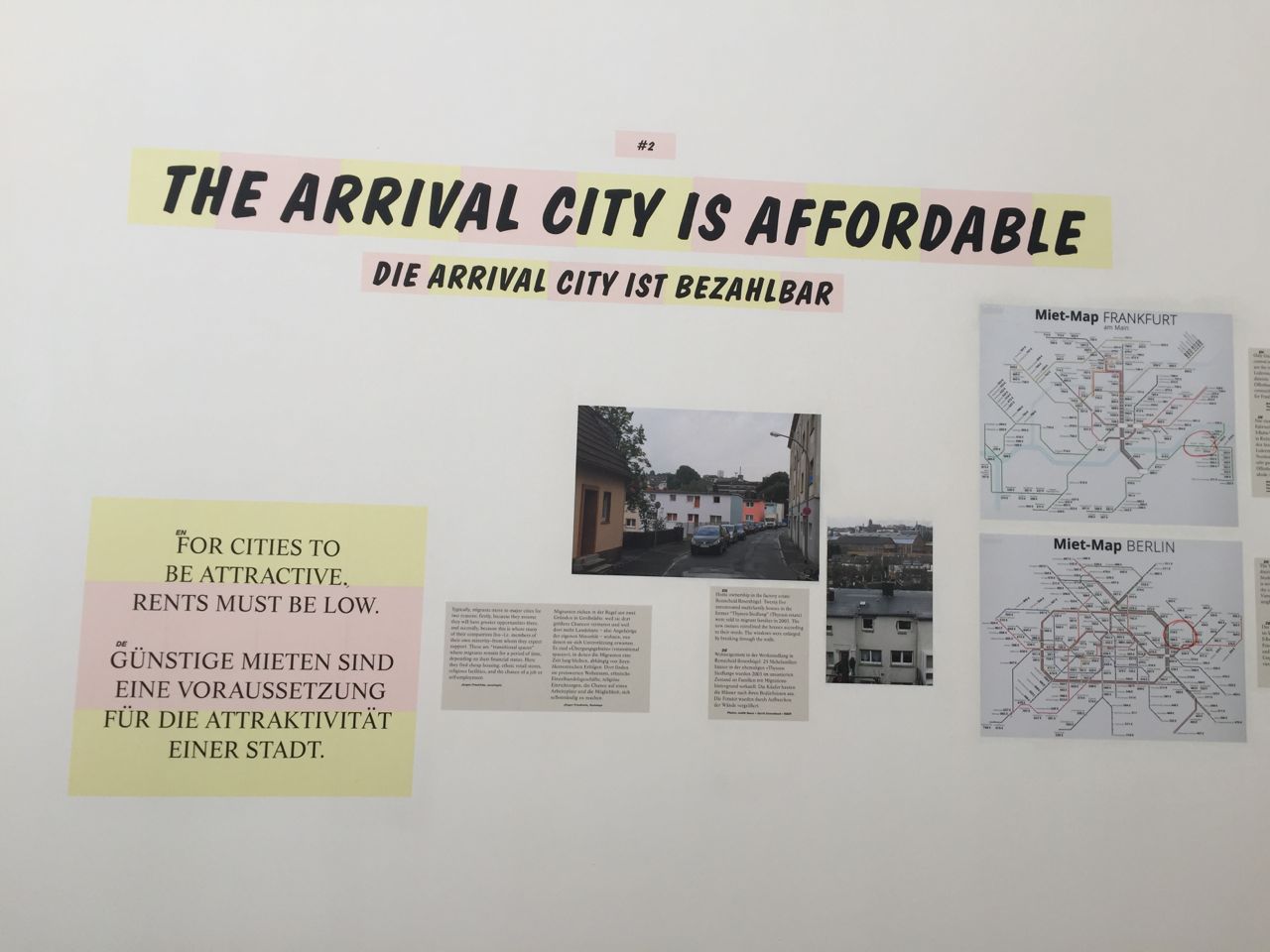
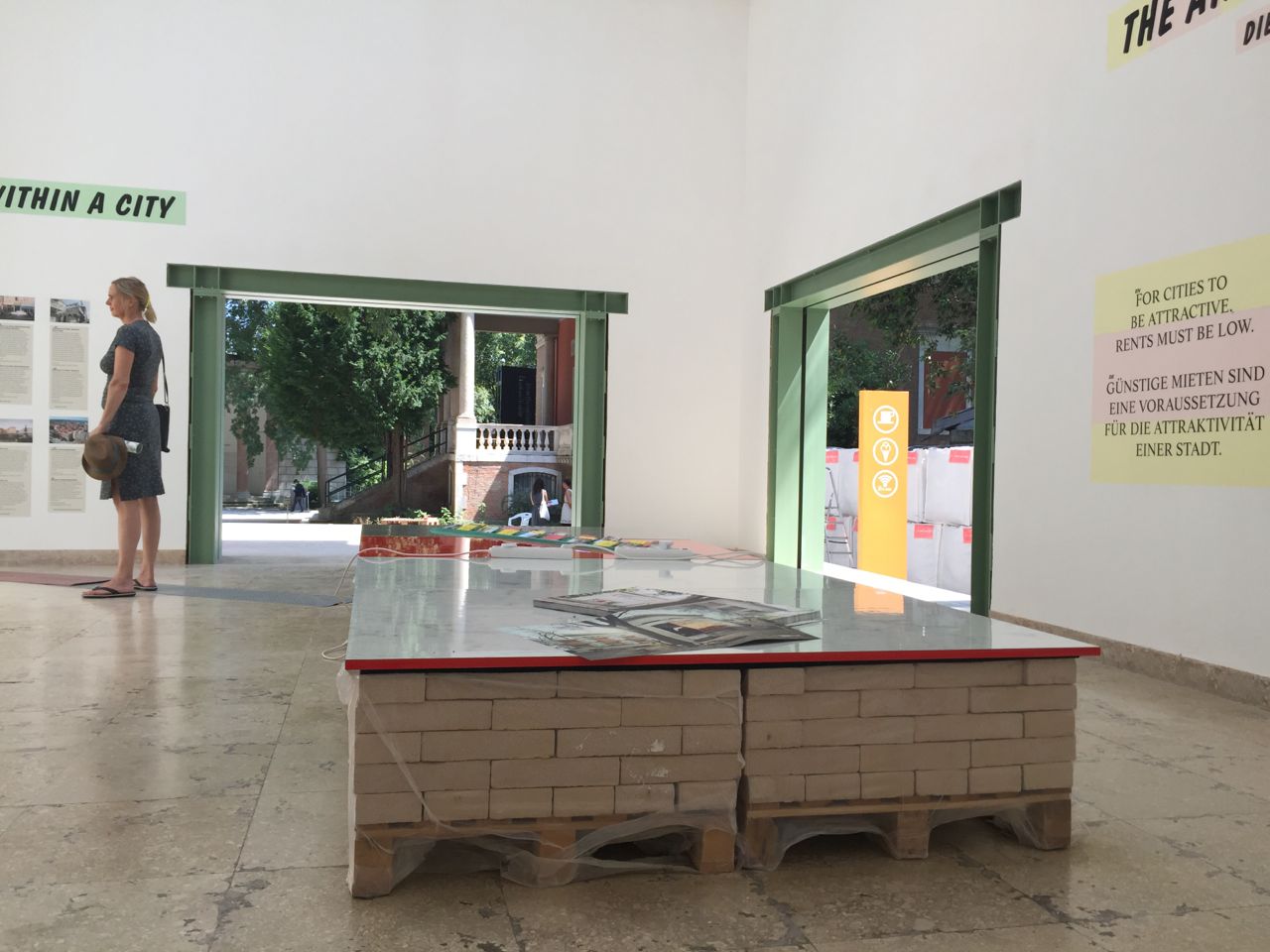

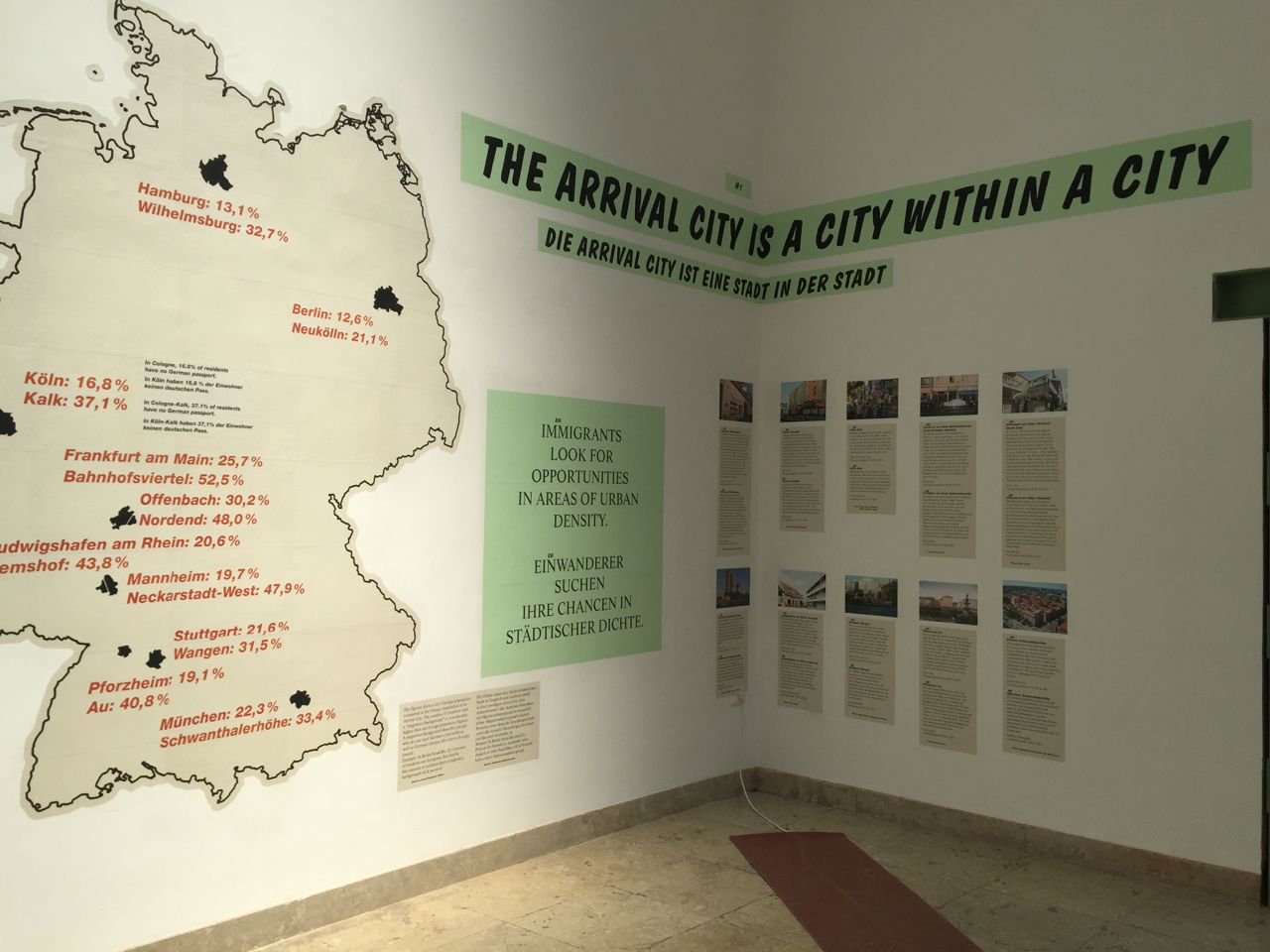
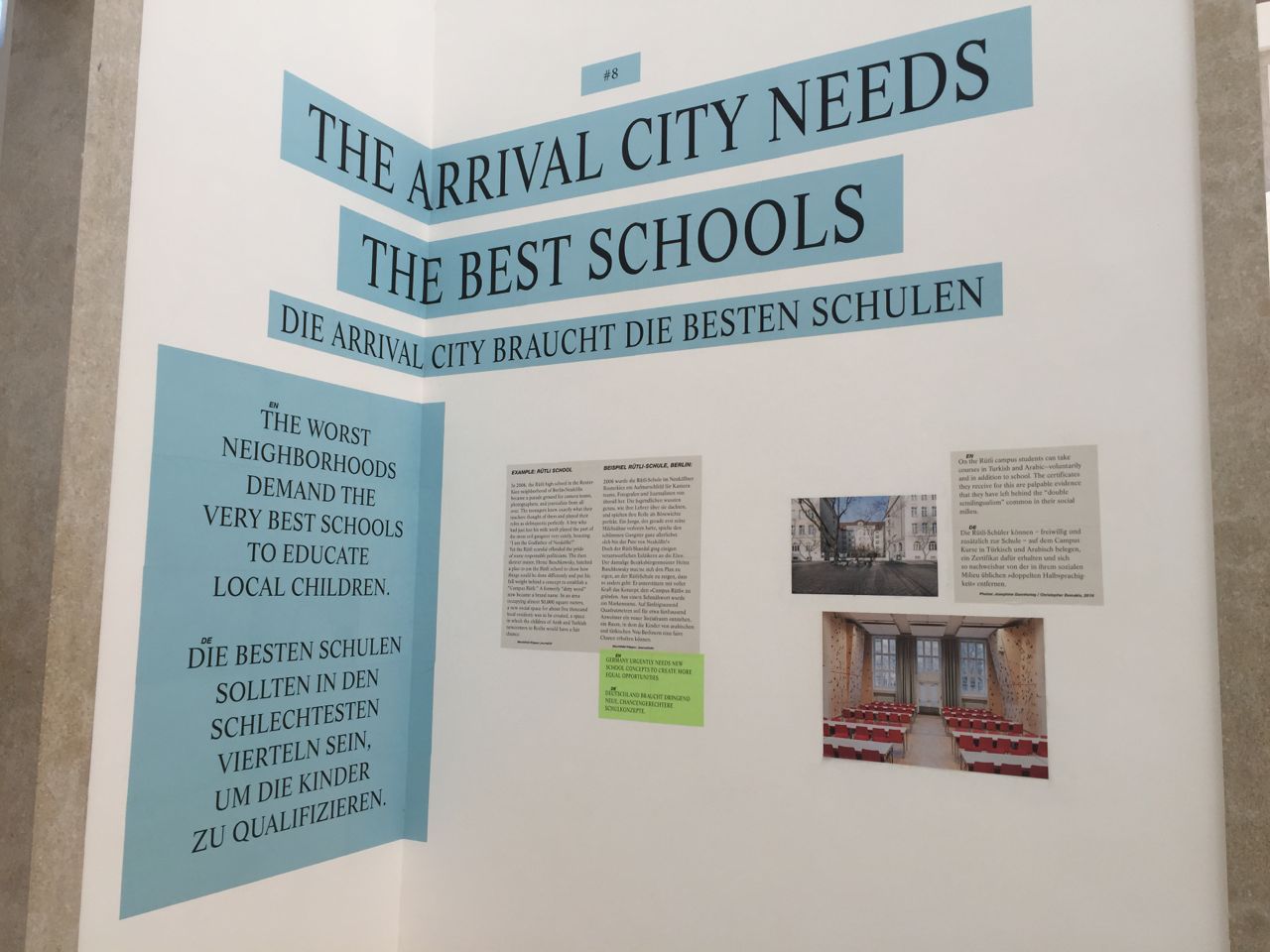
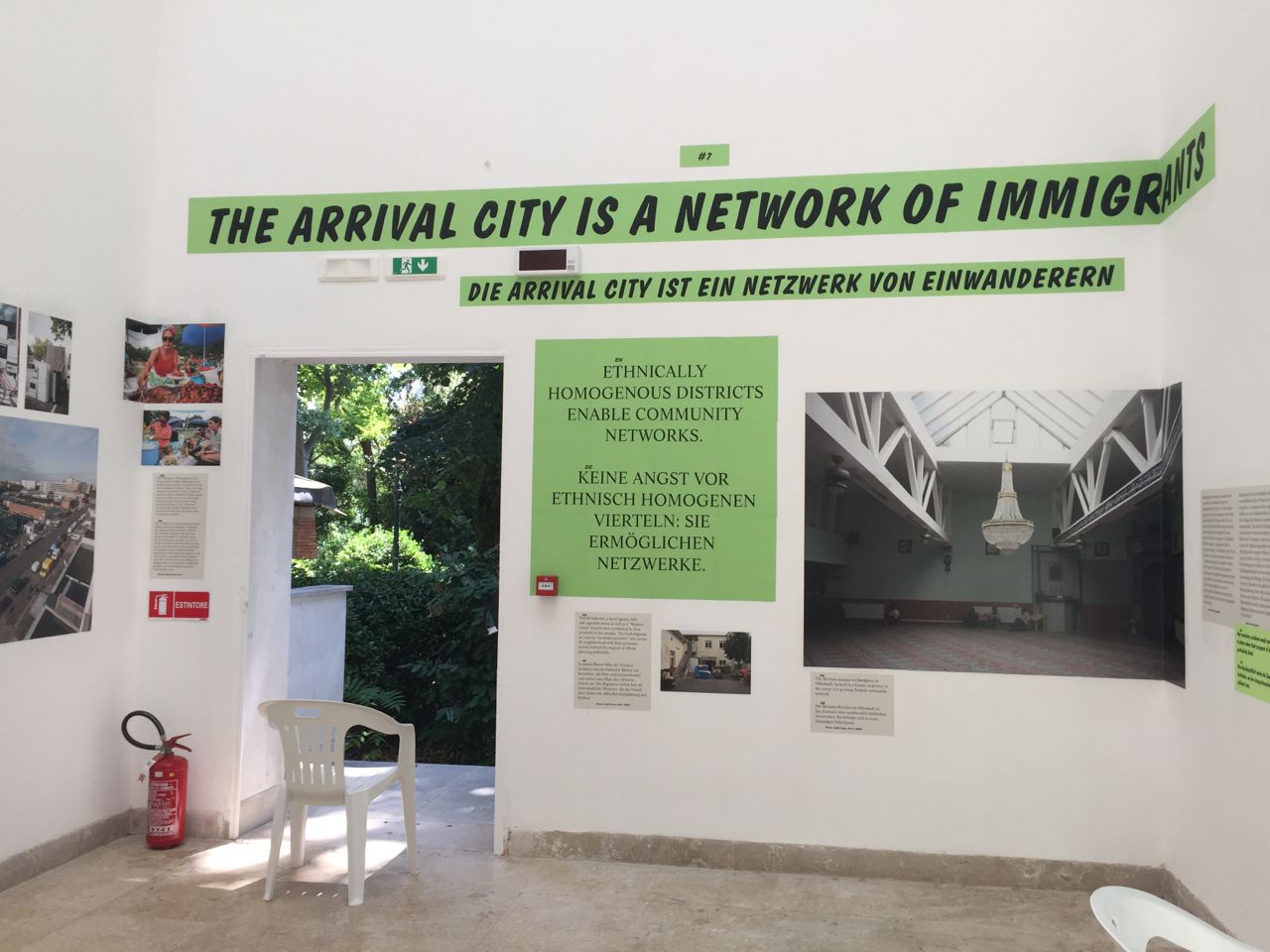
Japanese Pavilion: the art of Nexus. Reviving communities
A spectacular renovation of an existing house to adapt to new uses, and recycling what could be, as the roof of one of the pavilions. Light and well built vernacular structures as an asset for the future
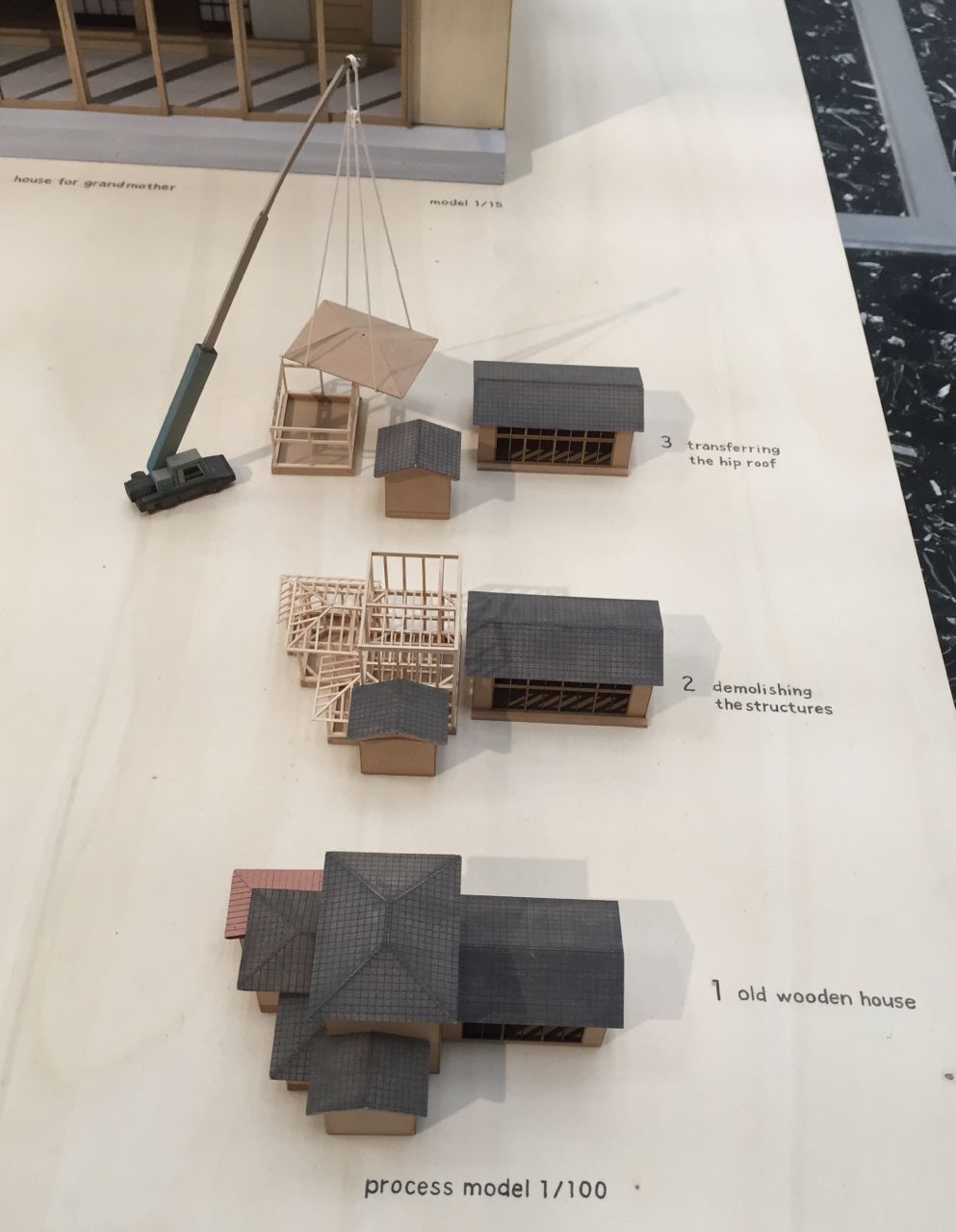


The Netherland pavilion: Blue, architecture of the UN peacekeeping missions.
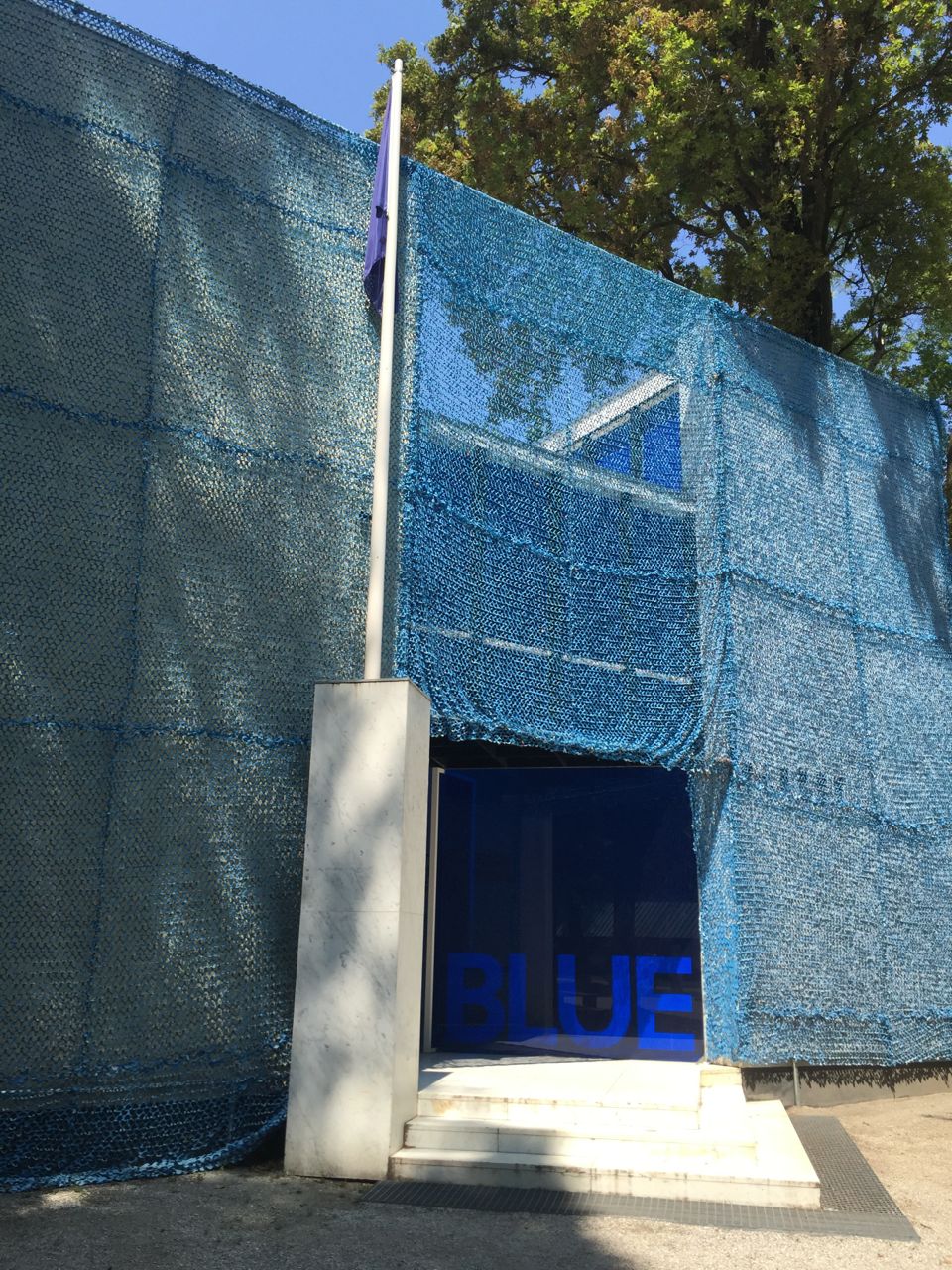
A clever and practical way of using the UN structures not only during crisis, but as infrastructures for development

Solano Benitez in Paraguay: working with two of the most easily available materials -bricks and labor- as a way to transform scarcity into abundance
Interesting to see the vault appear here again!
Se another interesting project here

The work of Eyal Weitzman in war zones: forensic architecture. Tracing wrongdoings back through architectural design logic. In the war of word, demonstrating that the killing of civilian was a consequence of drone attack is made through hard data analysis, graphically demonstrated in this terrible 1:1 instalation

Simon Velez’s battles and strategies to be able to use bamboo. Mexico

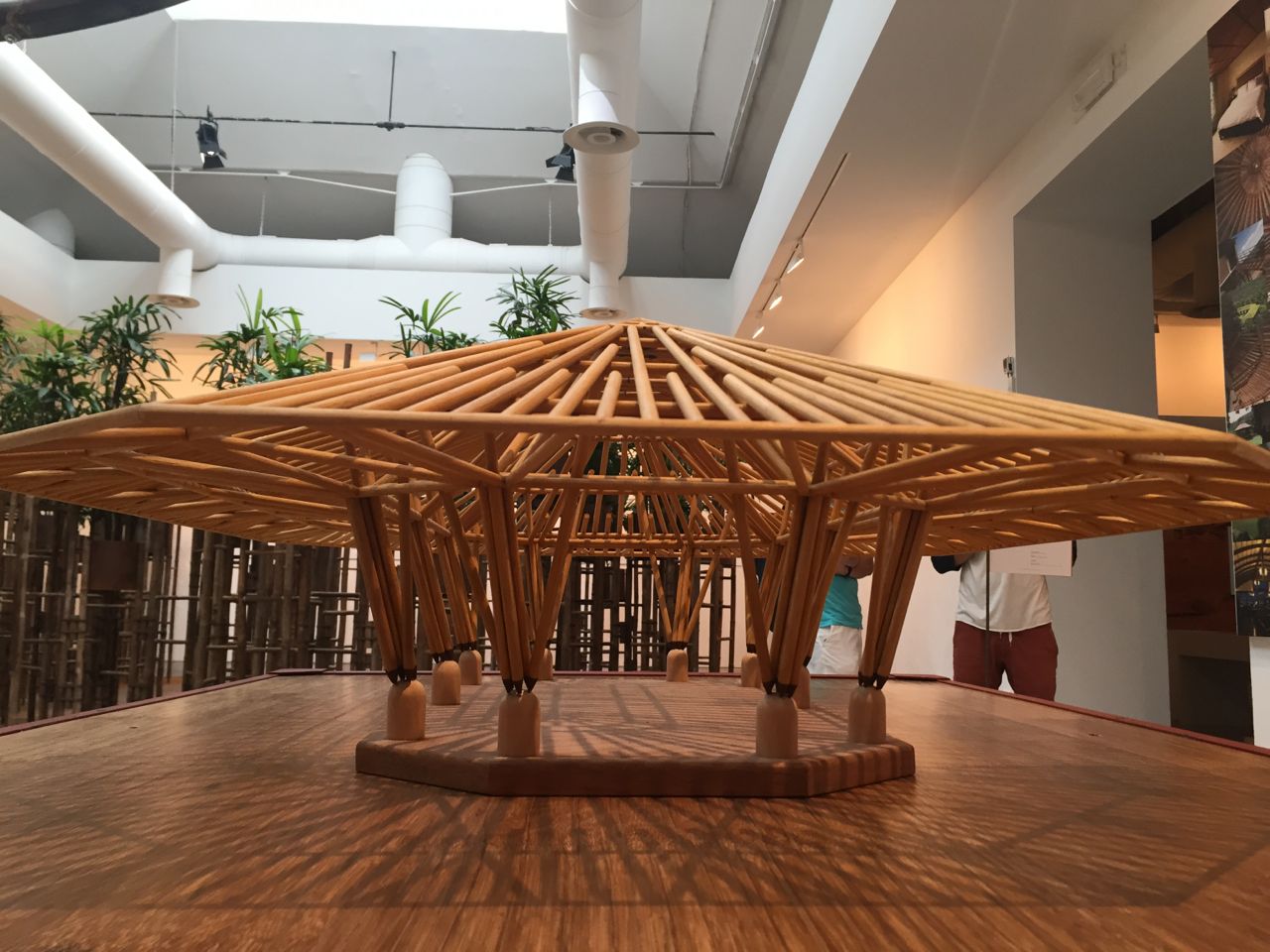
The work of Milinda Pathiraja in Sri Lanka: an army of builders -replacing guns with tools as a way to use the troops’s discipline in favour of the building industry
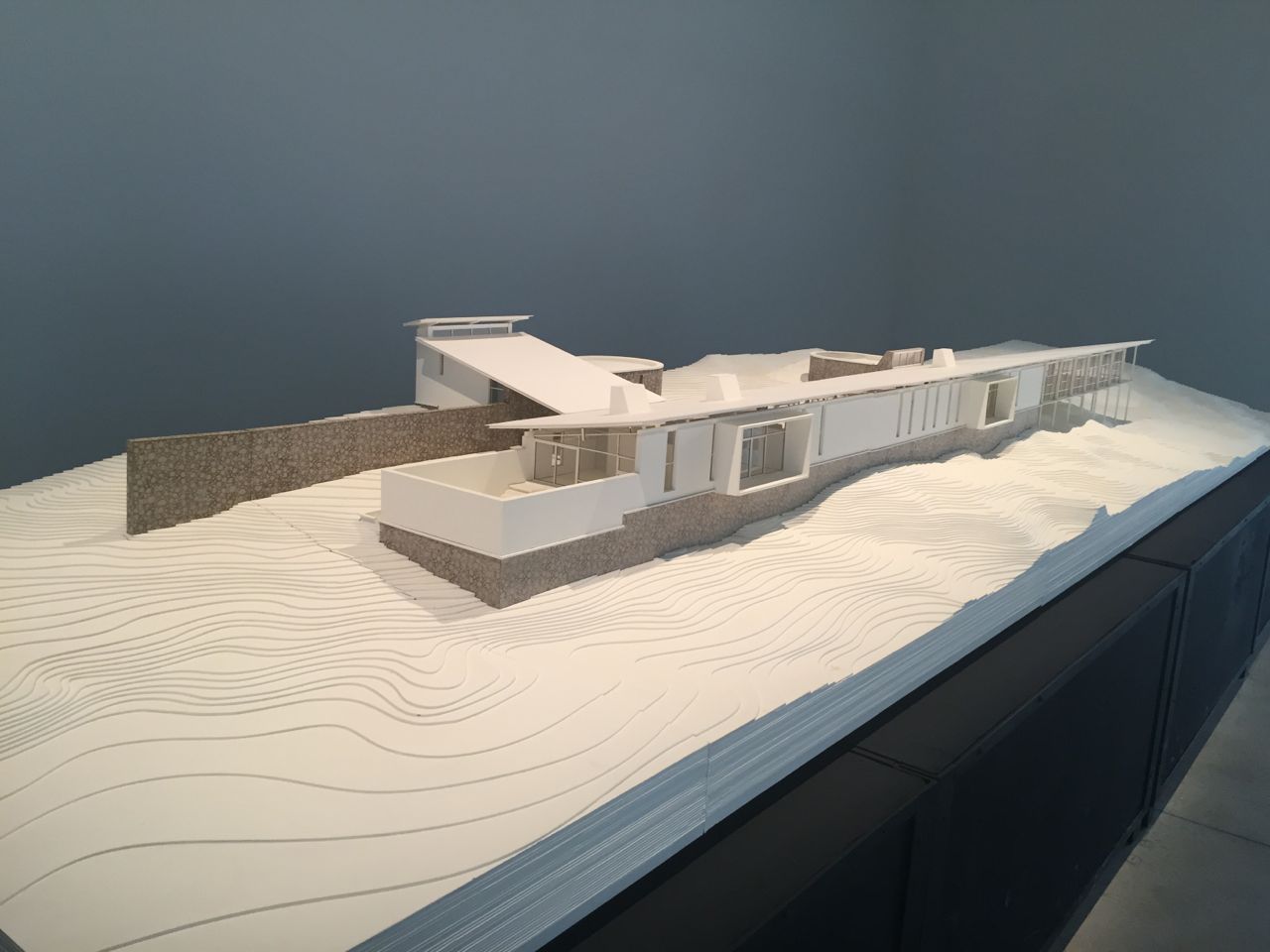
The work of LAN (Local Architecture Network) in France: improving the built environment a French Cité.
LAN is addressing France’s n1 problem. Would a good example, an intervention that really works to help people by providing a better living environnement and the sense of pride that goes with it, could be the first step to solve the « mal du siecle »? One can only hope so.
More info here
Urban renovation, Lormont, France
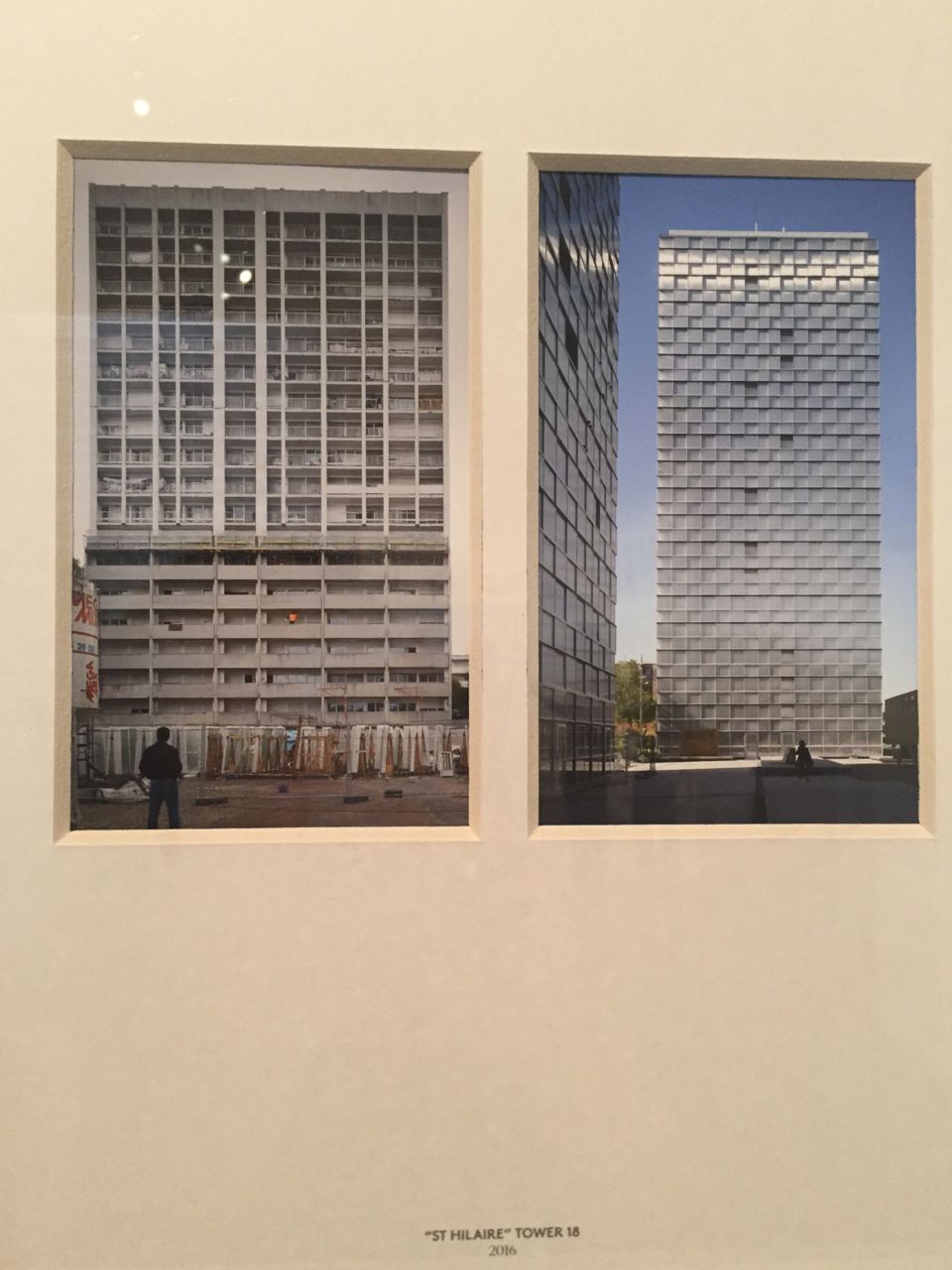
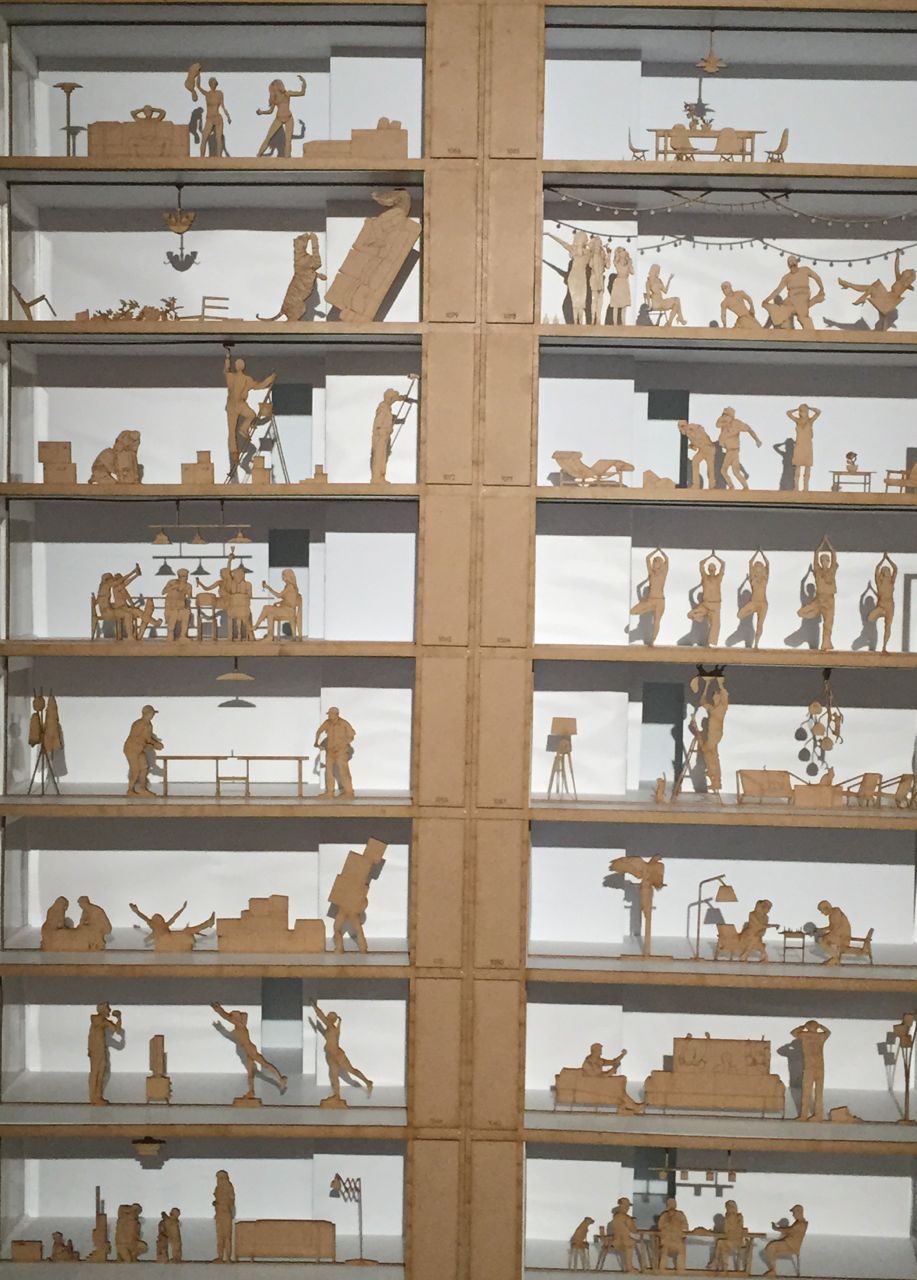
The work of Liu Jiakun in China. If cities are good news, than we may con side densifying the open space and the services and not just the residences and workplace. Presenting the sport mall…, supplied with a metal ball, that rolls downhill down various paths, just like a human would do… Very nice, but is this really what outdoors should be like in the future???

The work of Aires Mateus: the power of old-fashioned beauty as a way to resist banality
See website here
